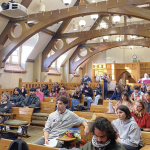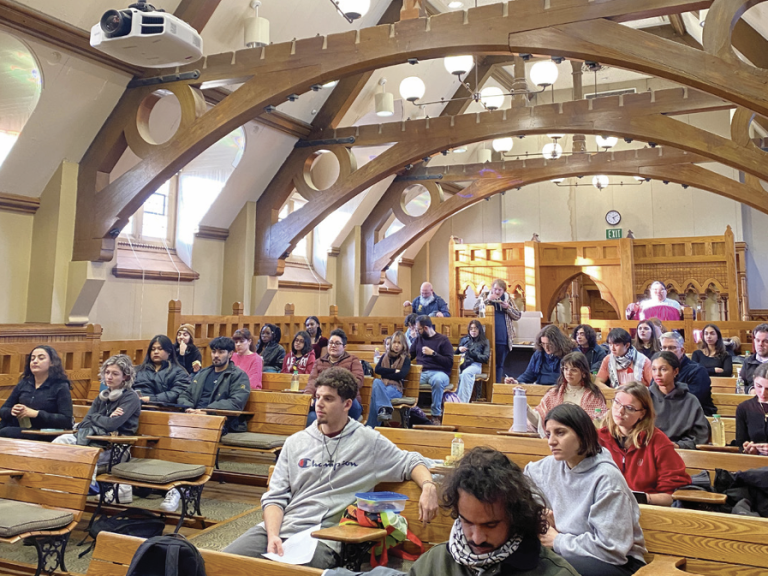Olivia Silvey ’26
Editor-in-Chief
With this edition being our last one of February, I’ve been wanting to write an editorial that centers Black history. At first, I planned on exploring key leaders in the Black community such as Huey P. Newton, Malcolm X, Patrice Lumumba and Fred Hampton, and discuss the importance of their teachings today. However, that felt redundant; my words won’t ever be able to discuss these revolutionaries better than how they have already been discussed by Black leaders today. Those are whose words we should be reading during Black History Month.
Then, I thought I would talk about Kendrick Lamar’s Superbowl halftime performance – if you haven’t watched it, go do that before you read any more of the Tripod today. As I was outlining my thoughts, they seemed redundant again – there are so many more well-constructed, nuanced and insightful analyses of his performance out there in the world, especially by Black creators. One particular Substack that delves into the symbolism is by Kahlil Greene called “Kendrick Lamar’s Super Bowl Performance, Explained.” If you’re interested in a wider analysis of Kendrick’s messaging about hip hop in America, find “Not Like Us: A Thesis” by @donnellwrites on Tik Tok.
This writing process has reinforced my continual belief that as a white person, it is my duty (during February and beyond) to expose myself to and engage with these topics, rather than directly contribute to the discussion. What I have to say has already been said, and said better, by Black people who actually understand what it’s like to be Black in America (which obviously I do not).
It is our job (non-Black people’s) to question how, and if at all, we can add meaningfully to the conversation, regardless of the conversation that is being had. In my experience, us white people love to chime in before considering our perspective, knowledge and tone. This is not to say that only Black people, communities and organizations can and should talk about topics like historical Black revolutionaries or Kendrick Lamar’s halftime performance; instead I am calling on us to follow the lead of those with the lived experience that Kendrick sheds light on.
In doing so, I believe all of us will be able to properly celebrate Black history, Black excellence and Black joy, while also better understanding the obstacles that prevent us from doing so. By this, I mean exactly what Kendrick pointed to in his performance: the United States of America was literally built on the backs of Black people. (Ok, I swear that’s the only analysis I’ll include – read more about it online.)
All of that is to say – everyone has work to do this Black History Month. As the Editor-in-Chief of a majority-white newspaper at a PWI (predominantly white institution), part of my work is to lift up Black students, staff, faculty, community members and organizations on campus in our newspaper. I also believe part of my work is to sit back and listen more than talk, which is why I will end this editorial here. Please take a look at the Black History Month calendar below, and contact us at tripod@trincoll.edu on how we can continue to improve our coverage all year round.
With peace, love and Happy Black History Month,
OPS




+ There are no comments
Add yours